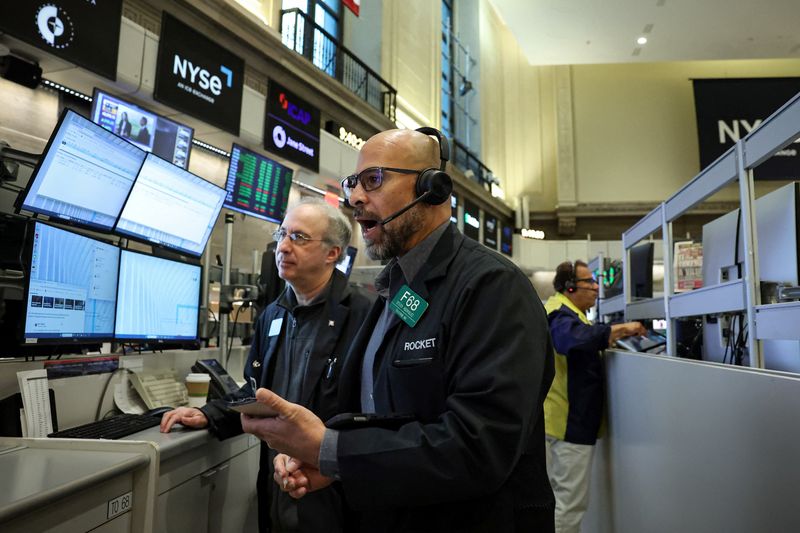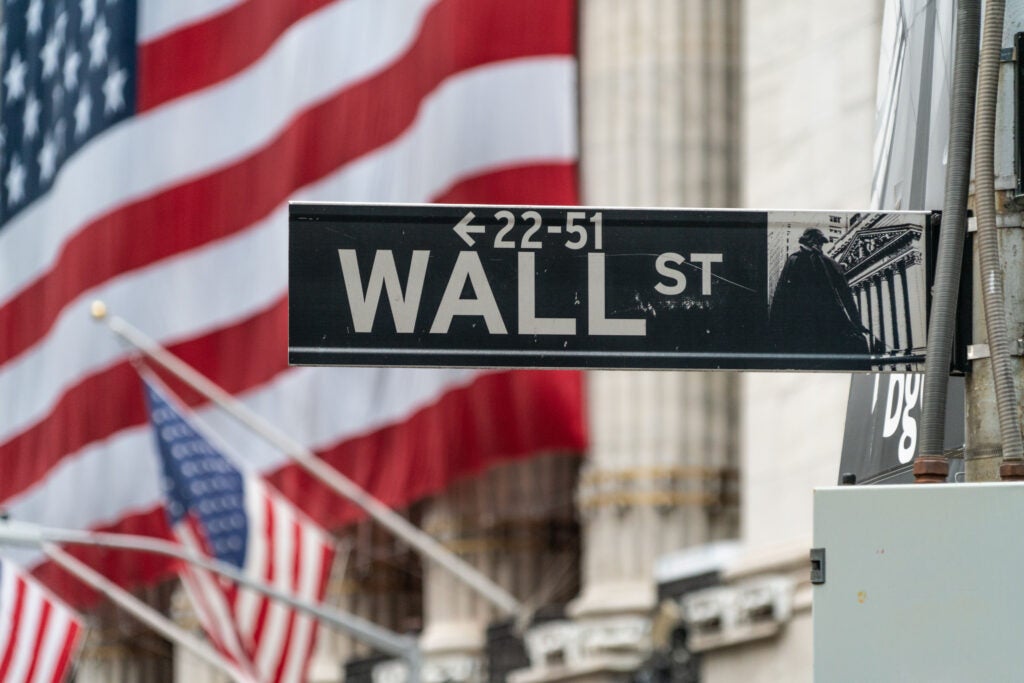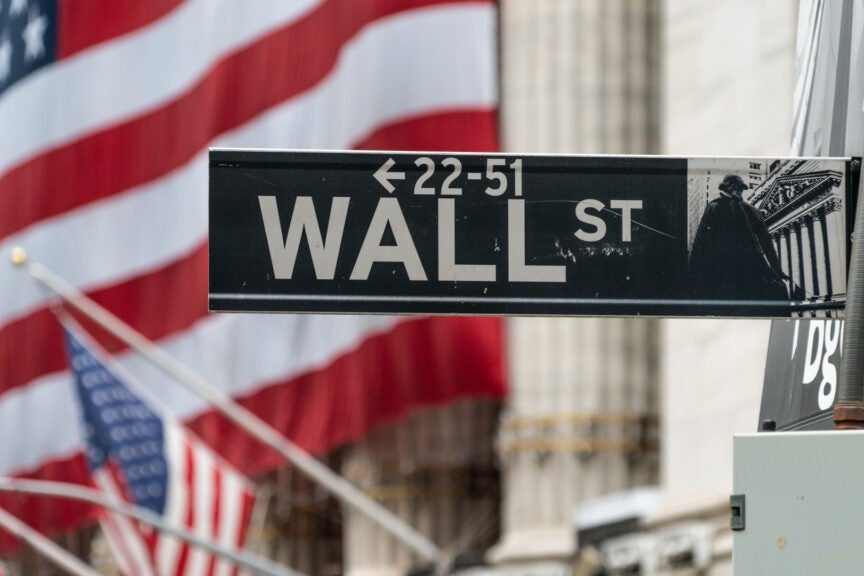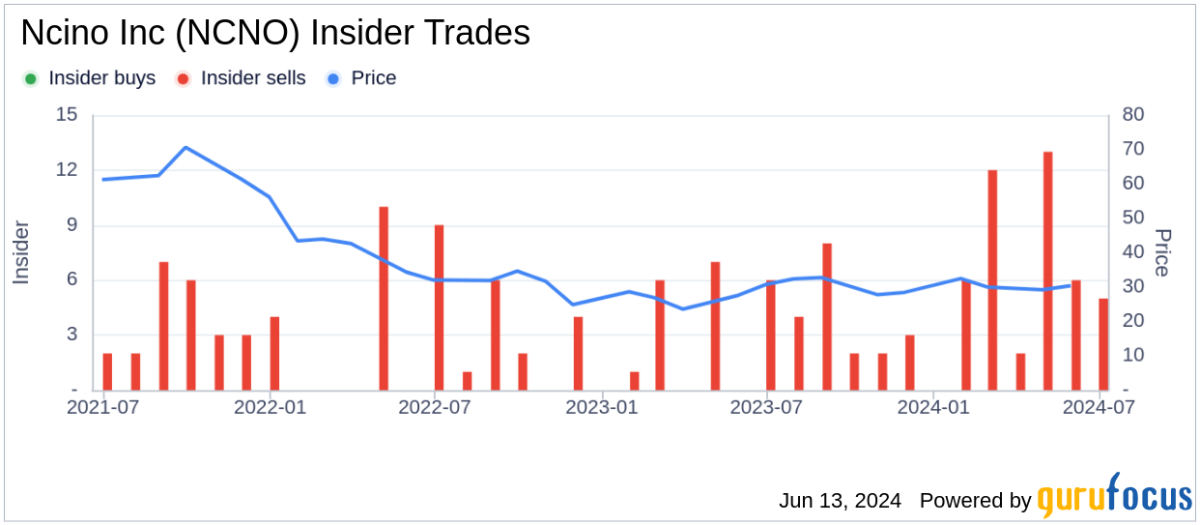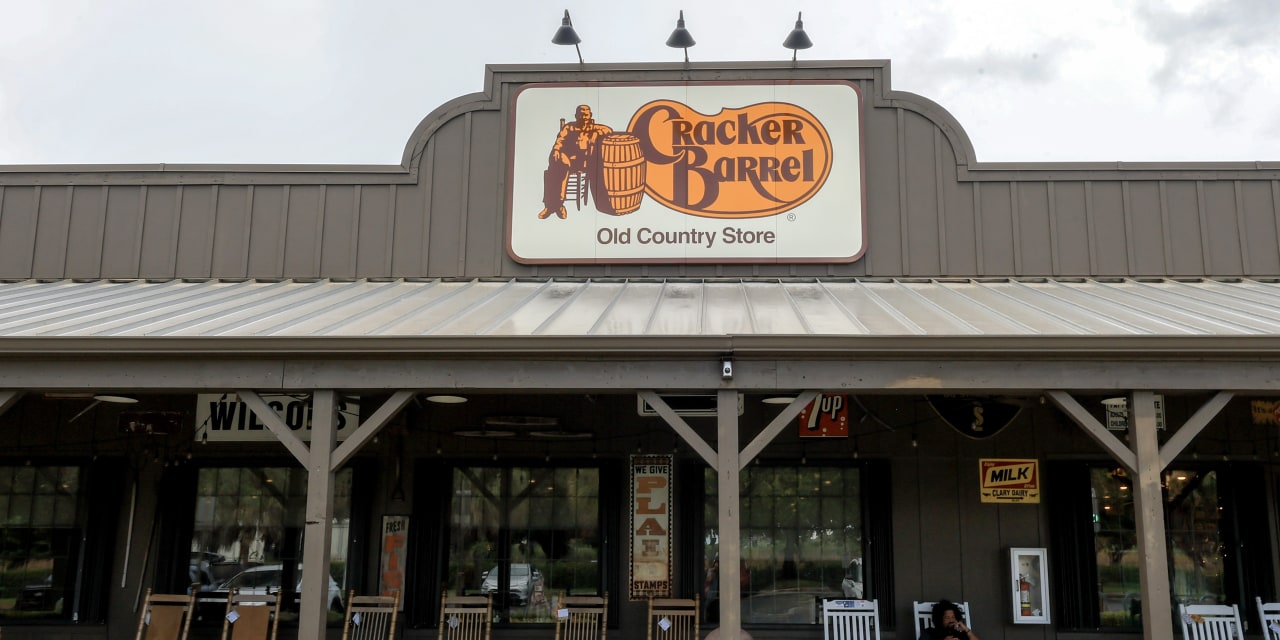June Inflation Rises Amid Tariff Concerns
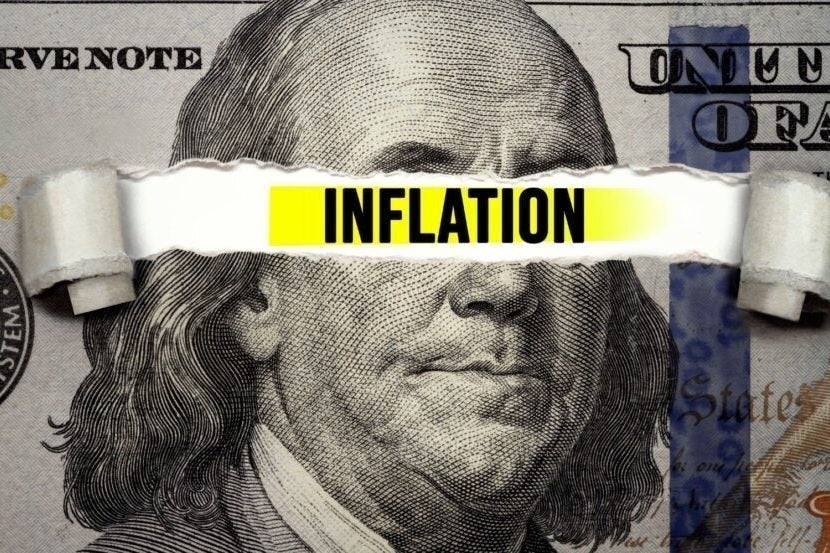
Inflation Metrics and Key Drivers
The headline Consumer Price Index (CPI) recorded a 2.7% annual increase in June, marking a notable acceleration from May's 2.4% rise. The monthly CPI also climbed 0.3%, driven primarily by a rebound in energy prices, including a 1.0% increase in gasoline costs. Electricity and natural gas prices followed suit, rising by 1.0% and 0.5% respectively. However, year-over-year, gasoline prices still reflect an 8.3% decline, underscoring the volatility in energy markets.
Core CPI, which excludes food and energy to better reflect underlying inflation trends, rose 2.9% annually, up from May's 2.8%. Monthly core inflation increased by 0.2%. Categories like medical care, household furnishings, and shelter saw consistent price growth, with shelter costs rising 3.8% year-over-year, remaining a major contributor to overall inflation. Meanwhile, new vehicle prices softened, mitigating some upward pressure on inflation metrics.
Tariff Impacts on Prices
The impact of tariffs on consumer prices is becoming increasingly evident. Key goods such as groceries and clothing saw price hikes as businesses began passing on higher import costs to consumers. Food prices rose 0.3% in June, with notable increases in coffee (+2.2%) and citrus fruits (+2.3%), while clothing prices climbed 0.4%.
Economists warn that tariff-induced inflation may escalate as more trade restrictions take effect. Categories like furniture and bedding, which saw a 0.4% monthly increase after prior declines, indicate the beginning of broader cost pressures. Analysts emphasize that while inflationary effects from tariffs have been gradual, their cumulative impact could pose challenges for consumers and policymakers alike in the coming months.
Market and Federal Reserve Reactions
The inflation report sparked mixed reactions across financial markets. Stock markets responded positively, with the S&P 500 and Nasdaq Composite both advancing, reflecting investor relief over manageable inflation data. Concurrently, U.S. Treasury yields eased, with the 10-year yield declining slightly, indicating tempered expectations for aggressive Federal Reserve action.
The Federal Reserve is expected to take a cautious approach, delaying rate cuts until more clarity on inflation trends emerges. While the softer-than-expected core inflation reading provides some room for optimism, persistent price increases in key categories like shelter and medical care may keep the Fed on alert. Market participants now largely anticipate that the Fed will hold rates steady in the near term, with the possibility of future adjustments contingent on evolving economic data.
 Sources
Sources- inflation rebounded June highest level months | CNN Business
 cnn
cnn - June Inflation Lands Expected — Cooler Core Reading Fuels Fed Rate Cut Hopes - SPDR Gold Trust (ARCA
 benzinga
benzinga - Inflation Flared June Tariffs Toll
 investopedia
investopedia - Inflation accelerates June investors eye tariff-related price increases
 yahoo
yahoo
 Keep Reading
Keep ReadingAbout the author

Top News
Related Articles
- inflation rebounded June highest level months | CNN Business
 cnn
cnn - June Inflation Lands Expected — Cooler Core Reading Fuels Fed Rate Cut Hopes - SPDR Gold Trust (ARCA
 benzinga
benzinga - Inflation Flared June Tariffs Toll
 investopedia
investopedia - Inflation accelerates June investors eye tariff-related price increases
 yahoo
yahoo
People Also Watch











